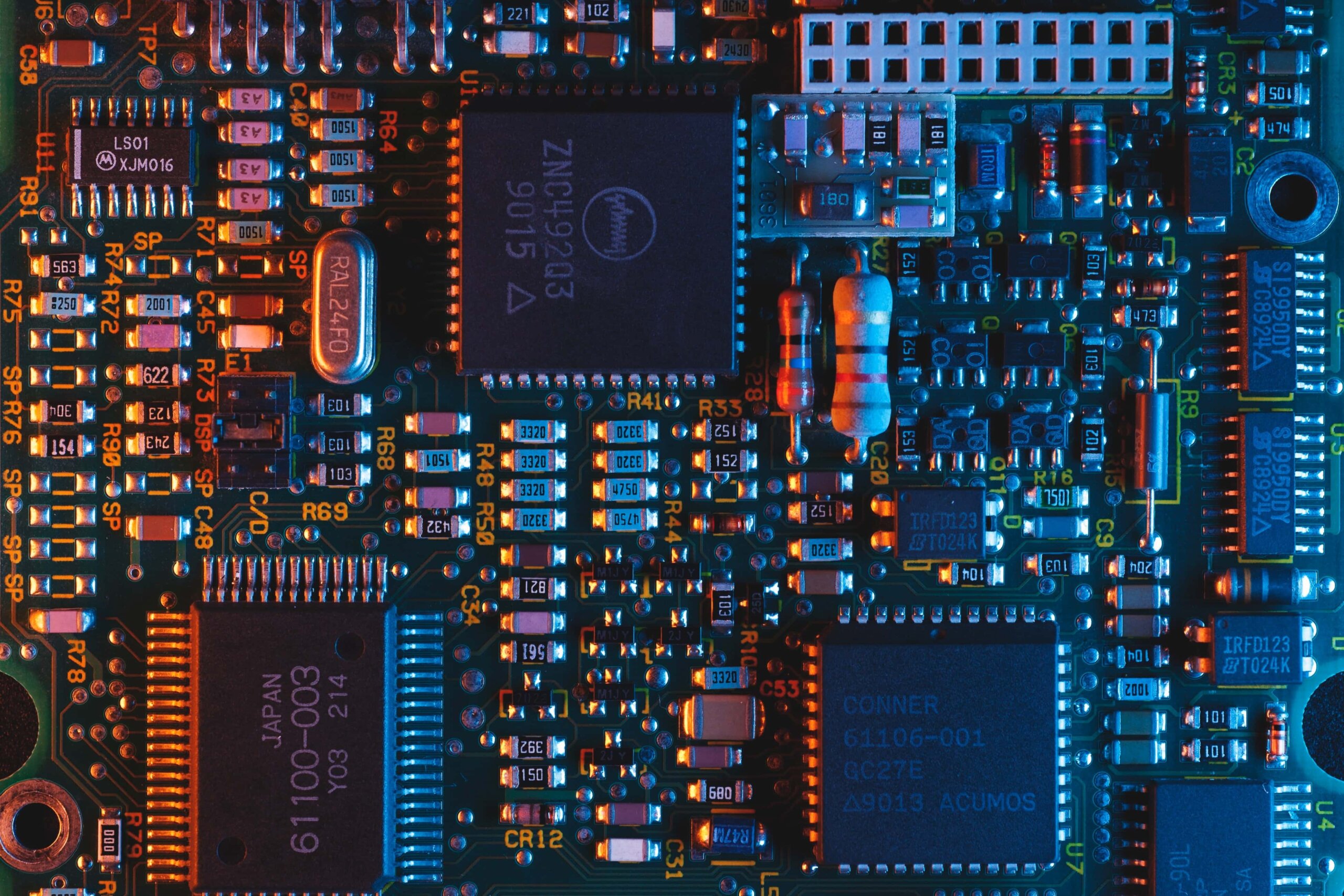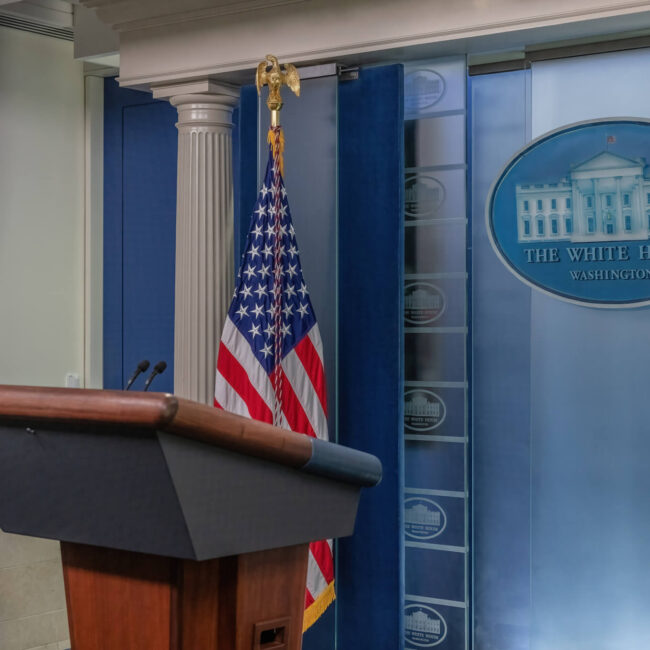Manufacturing Tax Credit Signed Into Law

In a rare bipartisan move, Congress has passed legislation to boost the US semiconductor manufacturing industry; the legislation includes an advanced investment credit for producing semiconductors and the tooling equipment required in their manufacture. The CHIPs and Sciences Act of 2022 (Division A of H.R. 4346) will be signed into law by President Biden and addresses the fact that 75% of global production of semiconductors now occurs in East Asia.
“Foreign government subsidies drive as much as 70 percent of the cost difference for producing semiconductors overseas. Combined with other factors, the result is a 25 to 40 percent cost advantage for overseas semiconductor production as compared to the United States,” the Senate Commerce Committee explains in its description of the bill. Along with the tax credit, the law includes over $50 billion in targeted incentives for US manufacturing to counteract these trends.
How the Credit Works
The act provides a 25% credit for investments in property used for semiconductor manufacturing placed in service after December 31, 2022 and for which construction begins before January 1, 2027. The credit covers both manufacturing equipment and costs to construct manufacturing facilities. It also includes incentives for manufacturing of specialized tooling equipment required in the semiconductor manufacturing process.
Qualified property for purposes of the credit includes tangible property that can be depreciated or amortized and:
- is constructed, reconstructed or erected by the taxpayer or
- is acquired by the taxpayer if the original use of the property begins with the taxpayer
and
- the property is integral to the operation of the “advanced manufacturing facility.”
Buildings and structural components are included in qualified property if they meet the above criteria and are advanced manufacturing facilities. An “advanced manufacturing facility” is a facility with a primary purpose of manufacturing of semiconductors or semiconductor production equipment; however, buildings or portions of buildings used for offices, administrative services or other functions unrelated to manufacturing do not qualify. The credit is also not allowed for property used for the rehabilitation credit.
Taxpayers Eligible to Take Credit
Taxpayers may elect to treat the fully refundable credit as a payment against tax, and the credit amount can be passed through to partners or S corporation shareholders. Taxpayers that are “foreign entities of concern” are not eligible for the credit. This restriction applies to Chinese, North Korean, Russian and Iranian entities as well as other prohibited entities under the National Defense Authorization Act.
The credit is estimated to cost $24 billion in revenue over the next 10 years, but the Commerce Committee urges that the money must be spent to address a “national and economic security threat.” American companies still dominate the global semiconductor industry, but their share of global production has dropped from 37% in 1990 to 12% today, according to the Semiconductor Industry Association. President Biden noted that the bill “…will lower the costs of every day goods” and “will create high-paying manufacturing jobs across the country and strengthen US leadership in the industries of the future at the same time.”
Explore related insights
-
Do You Need an Identity Protection PIN?
Read more: Do You Need an Identity Protection PIN?
-
State Tax Pitfalls of Private Equity Investment in the Middle Market
Read more: State Tax Pitfalls of Private Equity Investment in the Middle Market






